Enterprise Highlight: Headquarters TSUNESS Co., Ltd.
Official Website |
Tel: +86 512 66186028 |
Email: sales@tsun-ess.com
Address: No. 55 Aigehao Road, Weitang Town, Xiangcheng District, Suzhou City, Jiangsu Province, China
Global Trends in Solar Energy Storage Types & Industry Overview
As the world’s transition to renewable energy accelerates, the role of solar energy storage types becomes ever more vital. With advances in ess solar systems and the cutting-edge technology of the solar ess system, households and businesses are achieving unprecedented energy autonomy and efficiency. The global market for solar batteries is projected to grow at a CAGR of 15.5% from 2023 to 2030
(Forbes Solar Battery Statistics), demonstrating both user demand and technological potential. This comprehensive guide explores technical parameters, leading applications, storage trends, and expert knowledge to inform stakeholders on the present and future of solar energy storage.
Product Focus: TSUN Hybrid Storage Unit TSOL-HSU5.0K
The
TSUN Hybrid Storage Unit TSOL-HSU5.0K is an all-in-one storage device tailored to optimize home solar systems. Prioritizing daytime household electricity demands and storing surplus solar energy for night-time use, this unit enhances installation simplicity and offers advanced operation modes such as peak shaving and self-consumption optimization. The result is greater household energy efficiency, reduced grid reliance, and significant savings on energy bills.
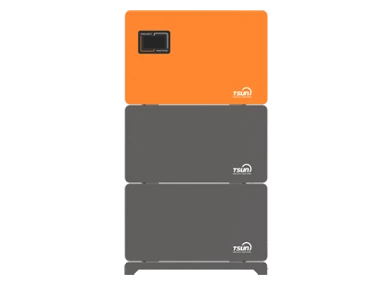
1. Solar Energy Storage Types: Classification and Parameters
The main solar energy storage types in modern systems include lithium-ion batteries, lead-acid batteries, flow batteries, and emerging solid-state technologies. Each type serves specific needs regarding efficiency, cycle life, scalability, and cost priorities.
| Type |
Chemistry |
Cycling Life (Cycles) |
Efficiency (%) |
Cost ($/kWh) |
Applications |
| Lithium-Ion |
LiFePO4, NMC |
4000 - 7000 |
90 - 95 |
350 - 700 |
Residential, Commercial, Utility |
| Lead-Acid |
VRLA, AGM, FLA |
500 - 1200 |
75 - 85 |
120 - 200 |
Backup, Off-grid Rural |
| Flow Battery |
Vanadium, Zinc-Bromine |
10,000+ |
75 - 85 |
600 - 1300 |
Large-scale, Commercial Grid |
| Solid-State |
Lithium / Ceramic |
7000 - 10,000+ |
95+ |
900+ |
Emerging, Premium Applications |
| Other (e.g., Sodium-Ion) |
Na-ion, Others |
2000 - 4000 |
80 - 90 |
300 - 800 |
Research, Pilot Projects |
The integration of the solar ess system with innovative battery types enables hybrid operation, demand management, and backup resilience, catering to dynamic household and grid scenarios. For more on ESS trends, see the detailed analysis by PV Magazine.
2. Hybrid Storage Unit: Technical Specifications & Performance Comparison
Hybrid Storage Unit Key Technical Data
| Parameter | TSUN Hybrid Storage Unit TSOL-HSU5.0K |
|---|
| Storage Capacity | 5.0 kWh |
| Battery Chemistry | Lithium Iron Phosphate (LiFePO4) |
| Rated Power Output | 5 kW |
| Round-trip Efficiency | 94% |
| Cycle Life (80% DOD) | ≥ 6000 Cycles |
| Operating Modes | Peak Shaving, Backup, Self-use Optimization |
| Operating Temperature | -10°C to 50°C |
| Communication Protocols | CAN, RS485, WiFi |
| Enclosure Protection | IP65 |
Hybrid Storage vs. Common Residential ESS
Energy Use Mode Distribution (TSUN Hybrid Storage Unit)
Note: Distribution based on internal data & usage trend analysis.
Performance Over Time (Cycle vs. Retained Capacity)
3. Application Scenarios: Residential, Commercial, and Grid-Scale ESS
Modern ess solar systems utilizing advanced solar energy storage types offer unprecedented flexibility for multiple application sectors:
-
Residential Self-Consumption: Intelligent solar ess system seamlessly matches solar input with household load, shifting solar generation to evening peaks, essential in regions with time-of-use tariffs.
-
Backup Power: Integrated ESS units ensure uninterrupted supply during grid failures, vital for security systems, healthcare equipment, and premium home comfort.
-
Commercial Demand Response: For businesses, solar energy storage types allow load management, peak demand shaving, and catchment opportunities with variable pricing.
-
Grid & Utility-Scale Storage: From microgrids to utility systems, flexible battery solutions contribute to energy arbitrage, frequency regulation, and renewable integration.
-
Off-grid / Remote Applications: Combining solar PV and ESS technologies eliminates diesel, slashing both operating cost and carbon emissions in isolated settings.
Why is TSUNESS Hybrid Storage Preferred?
- Advanced LiFePO4 chemistry: High cycle life, intrinsic safety, better thermal stability.
- All-in-One design: Streamlined installation, robust IP65 enclosure suitable for diverse environments.
- Smart management: Adaptive operation modes & real-time monitoring over WiFi/Cloud.
See Hybrid Storage Unit Product Details
4. Expert FAQ: Solar ESS Technical Terminology
Q1: What is the significance of LiFePO4 in solar ESS applications?
LiFePO4 (Lithium Iron Phosphate) batteries provide robust cycle life (up to 6000+ cycles), high safety (thermal/chemical stability), non-toxicity, and deep discharge performance—outperforming older NMC or lead-acid chemistries in residential or small commercial solar energy storage types.
Q2: How is 'Depth of Discharge' (DOD) critical for battery systems?
DOD measures how much of a battery’s capacity is used versus its total capacity in each cycle. Higher DOD means effective storage utilization. For example, TSUN Hybrid units support up to 90% DOD, making energy supply flexible and cost-effective (DOE/NREL Whitepaper).
Q3: What standards govern the installation and safety of residential ESS?
Residential energy storage must comply with standards like IEC 62619 (battery safety), IEC 62109 (power electronics), and often UL 9540/9540A for fire safety. Reputable manufacturers such as Headquarters TSUNESS Co., Ltd. offer certified solutions for assured deployment.
Q4: Are there communication protocols for integration with smart home and solar inverters?
Yes. Common protocols include CAN Bus, RS485, and increasingly WiFi/Ethernet for cloud-based supervision. TSUN Hybrid Storage Unit supports all these for seamless integration with current smart energy solutions.
Q5: How does operating temperature impact ESS performance?
Best solar energy storage types like LiFePO4 remain efficient (-10°C to 50°C). Extreme temperatures reduce cycle life and affect efficiency of inferior chemistries—hence enclosure ratings (e.g., IP65) and warranted specs matter (see MDPI Energies Journal).
Q6: What is the importance of ‘Round-trip Efficiency’?
It represents the ratio of retrieved to stored energy. Higher values (like 94% for TSUN hybrid units) minimize loss and boost system economics, critical for maximizing self-use and savings.
Q7: Can solar ess system installations scale for future needs?
Modern hybrid ESS designs are modular and support parallel expansion, accommodating future upgrades in capacity or power output as family or site needs grow.
5. Technology Innovation and Industry EEAT
Given rapidly evolving energy demands and climate action, the choice and optimization of solar energy storage types has become central to policy design and economic transformation. According to the International Renewable Energy Agency (IRENA), “battery energy storage deployment is critical for the transition to a sustainable energy future, enabling grid flexibility, integration of variable renewables, and distributed energy autonomy” (IRENA Energy Storage).
Solar energy storage types continue to mature, benefiting from research collaborations between manufacturers, academia, and governments. As reviewed in Wiley Energy Technology Journal, key directions include: next-generation battery chemistries, digital control platforms, and distributed ESS network architectures.
In this context, TSUNESS Co., Ltd. positions itself as an EEAT leader—delivering secure, reliable, and certified ESS solutions that bridge global standards with local site realities.
“The future of smart grids and sustainable homes is intrinsically linked to the right
solar energy storage types. Only by blending innovation, reliability, and flexible application can we fully realize the potential of distributed solar energy.”
— Distributed Energy Storage Forum, Berlin [Reference]
For tailored consultation, product details, and certified solar ess system solutions, contact Headquarters TSUNESS Co., Ltd. today: +86 512 66186028 | sales@tsun-ess.com
Selected References & Further Reading:
 LEARN DETAILS
LEARN DETAILS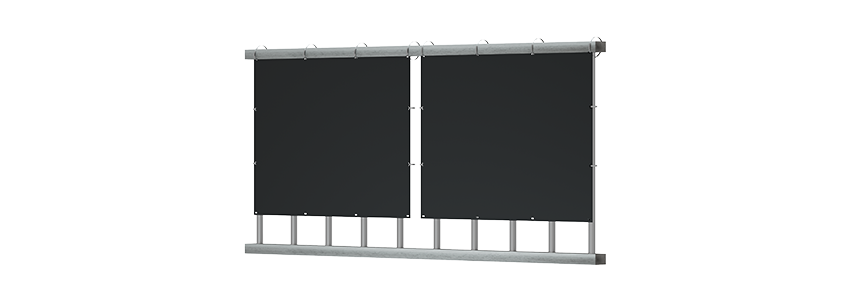



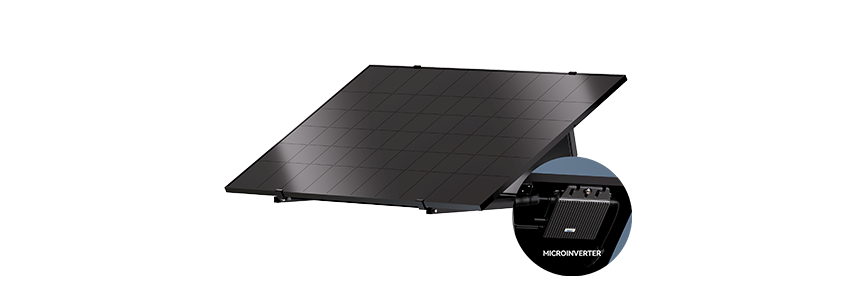
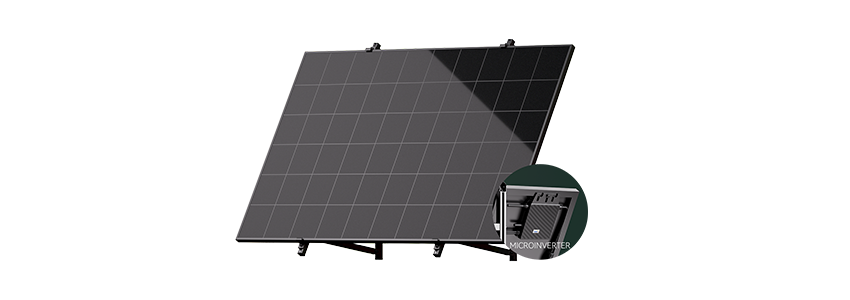
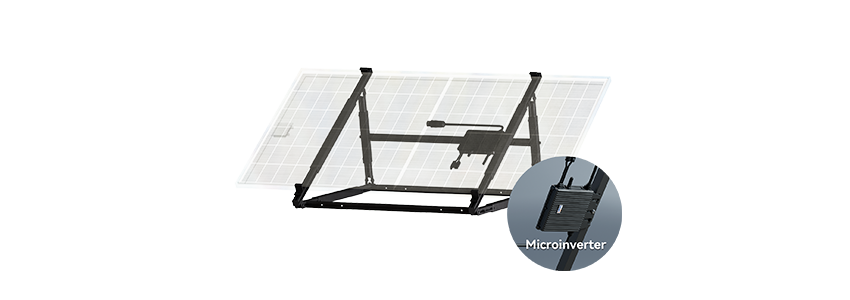
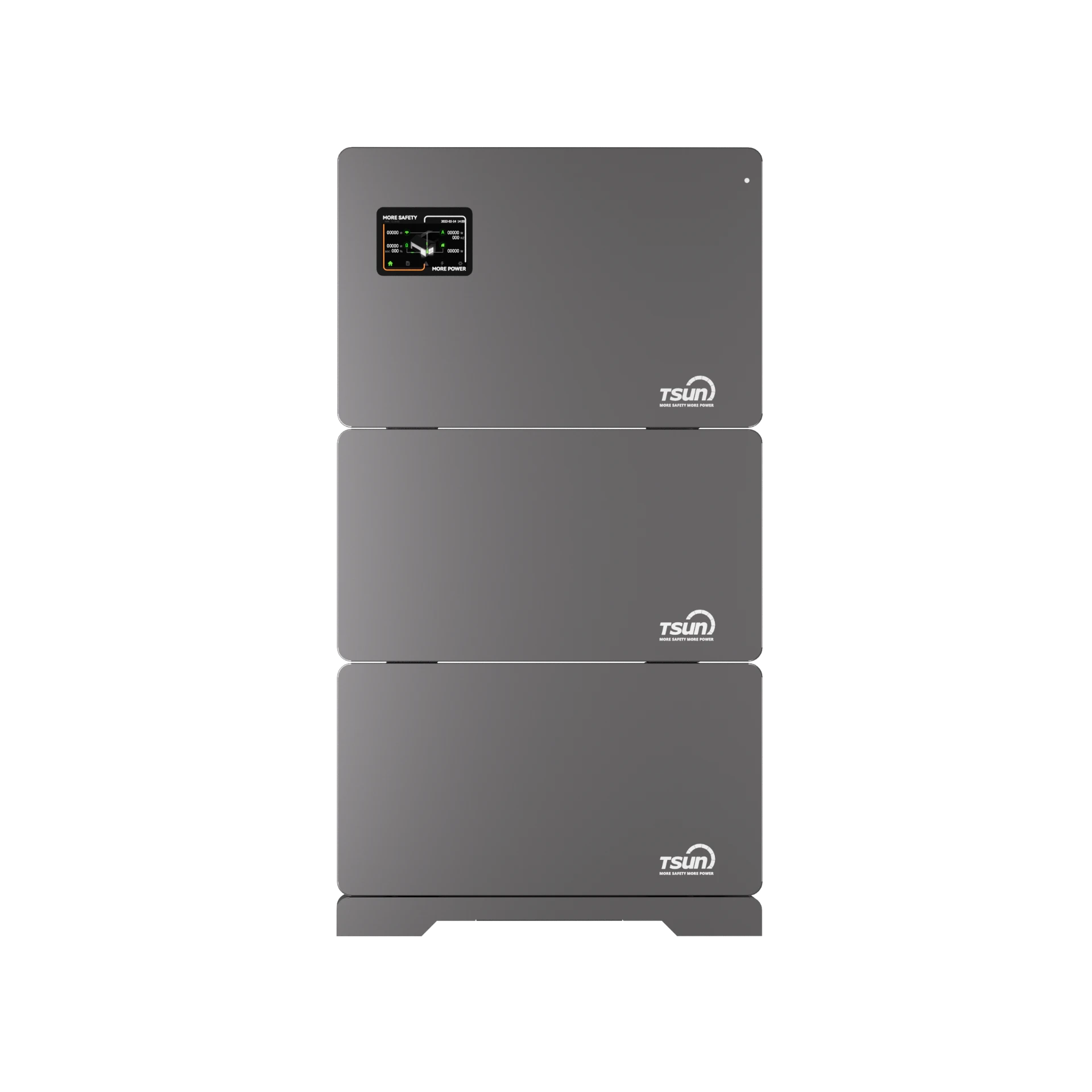




 LEARN DETAILS
LEARN DETAILS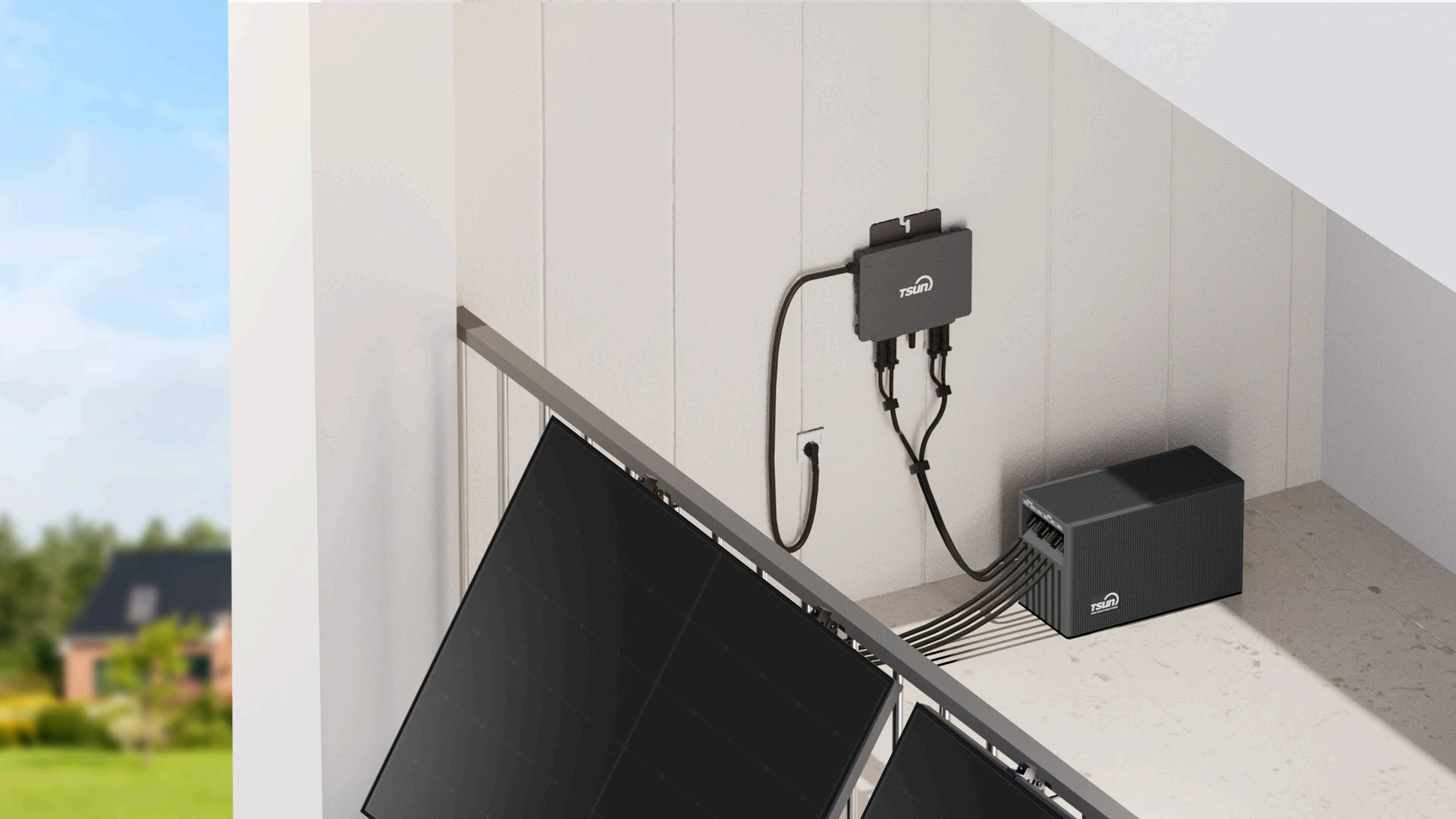
 LEARN DETAILS
LEARN DETAILS
 LEARN DETAILS
LEARN DETAILS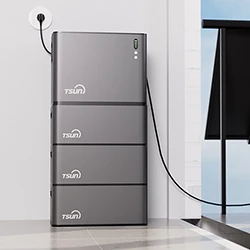
 LEARN DETAILS
LEARN DETAILS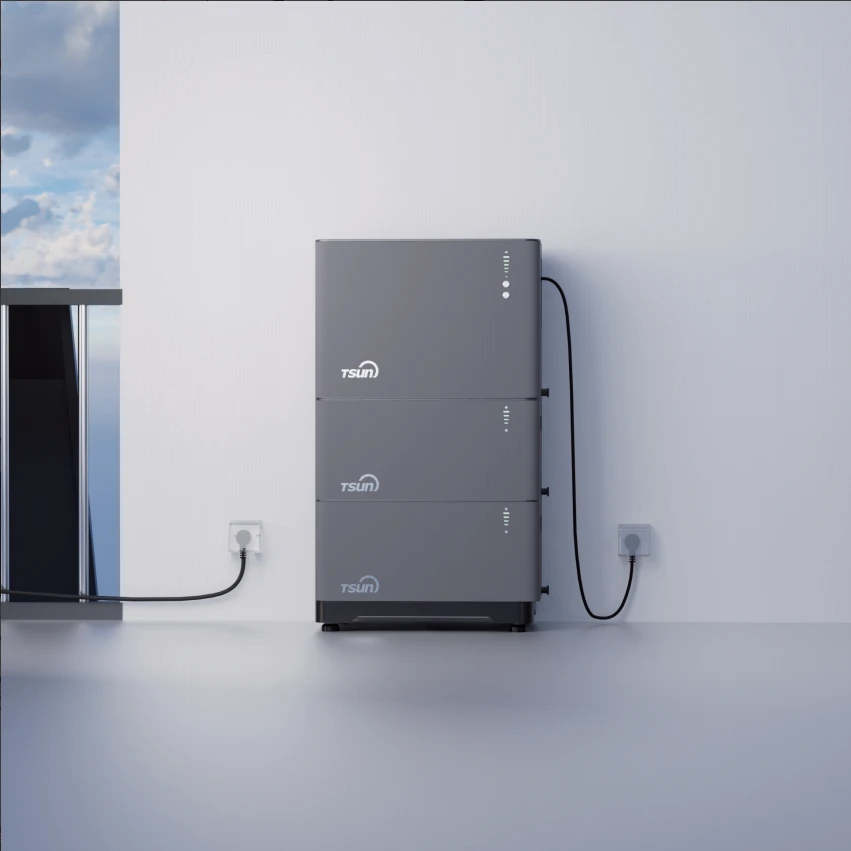
 LEARN DETAILS
LEARN DETAILS

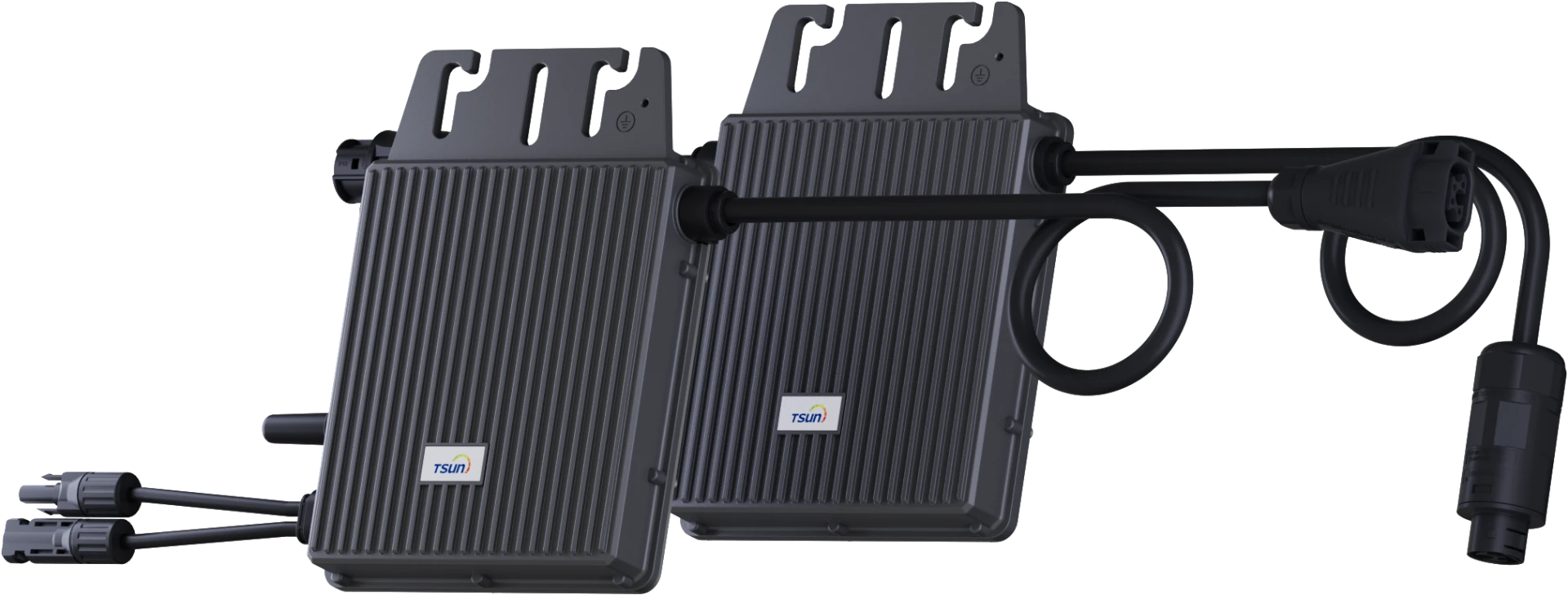

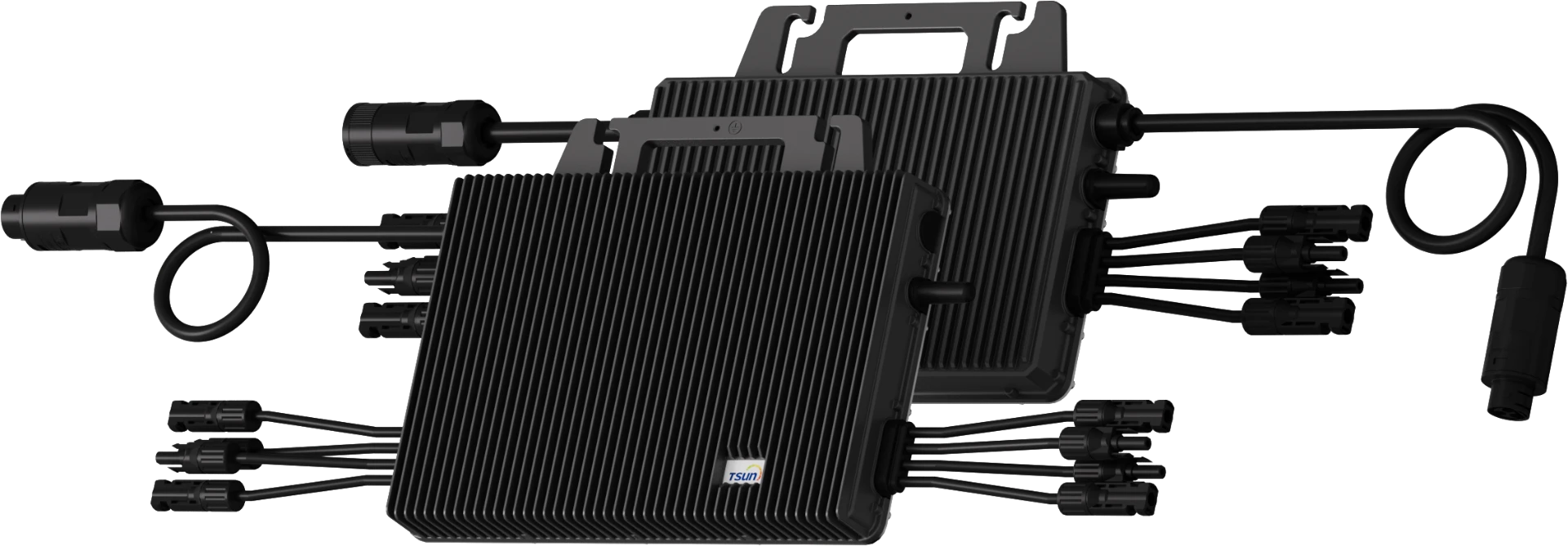
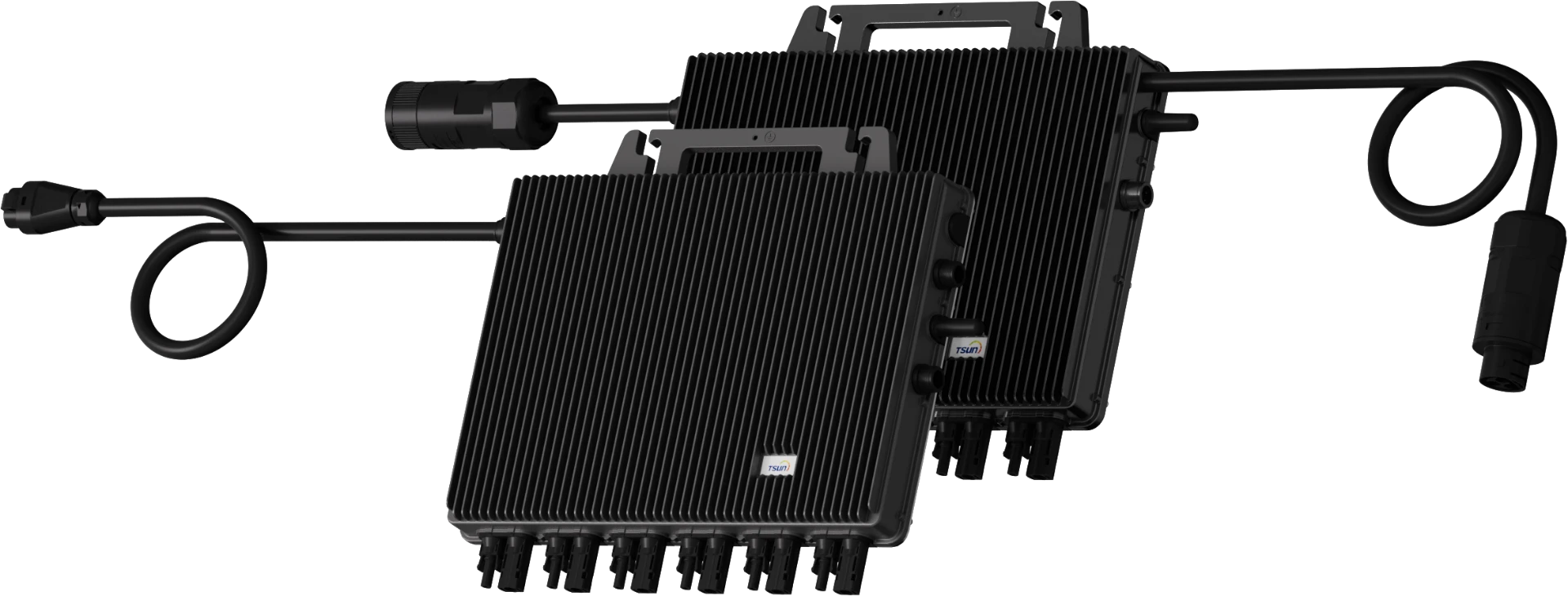
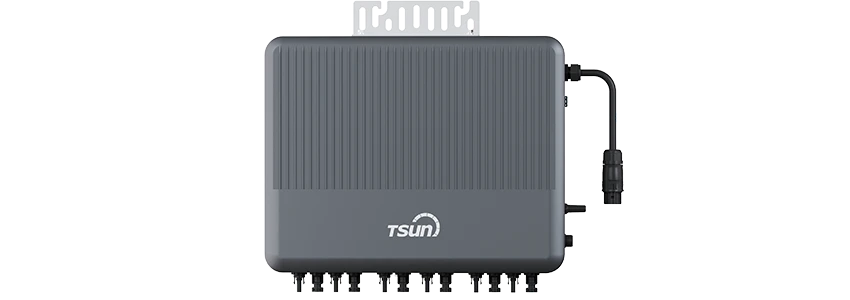
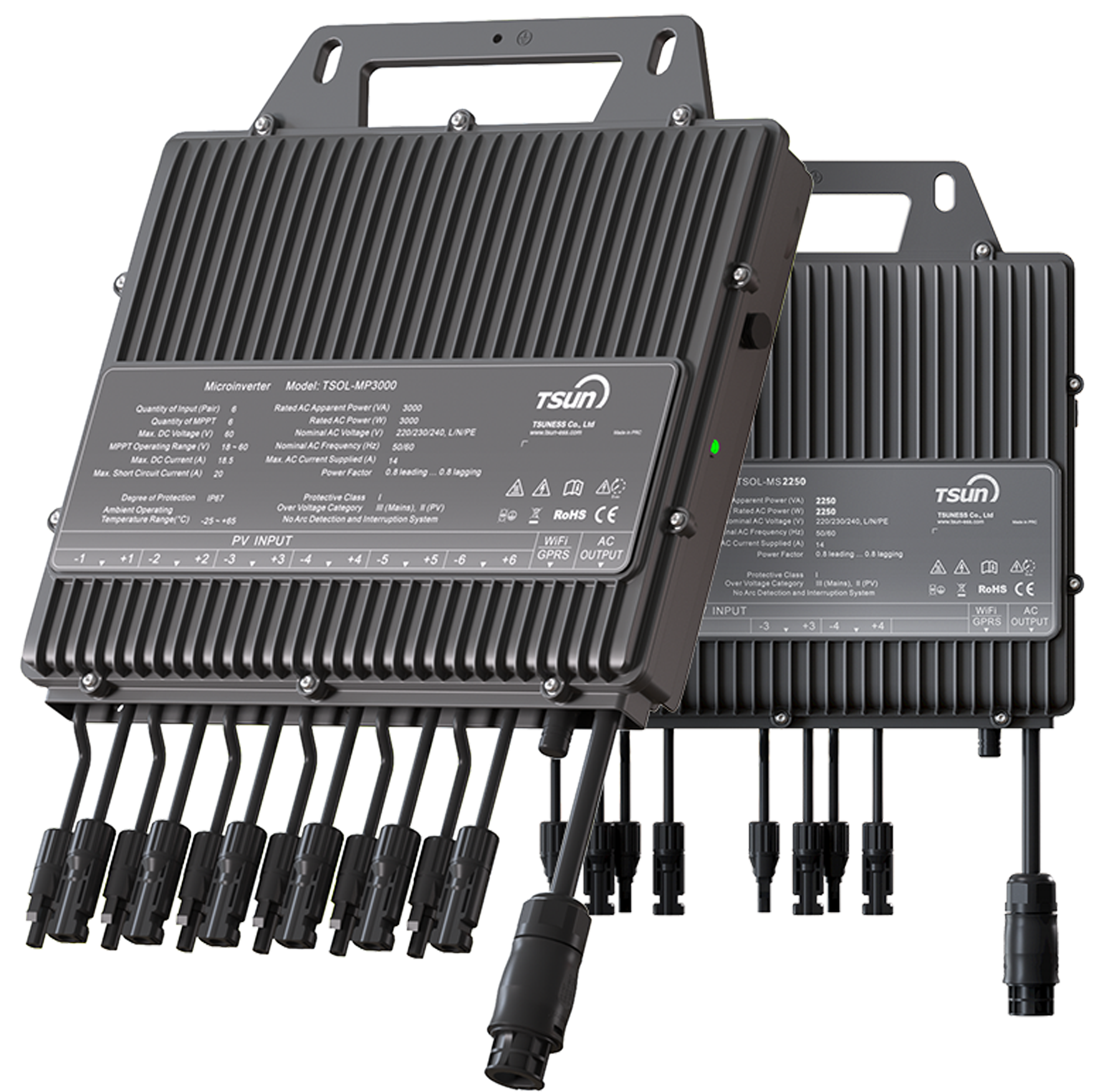

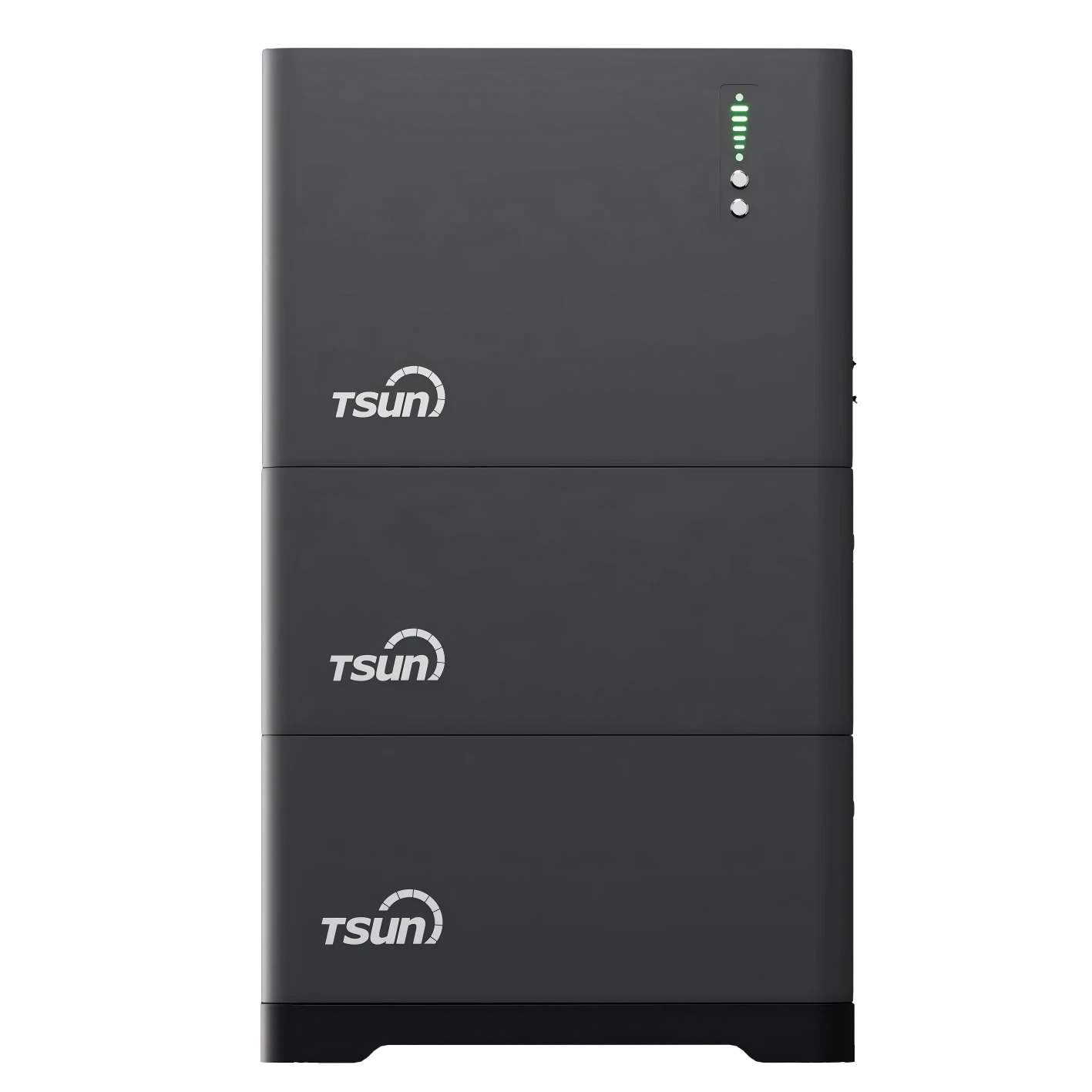
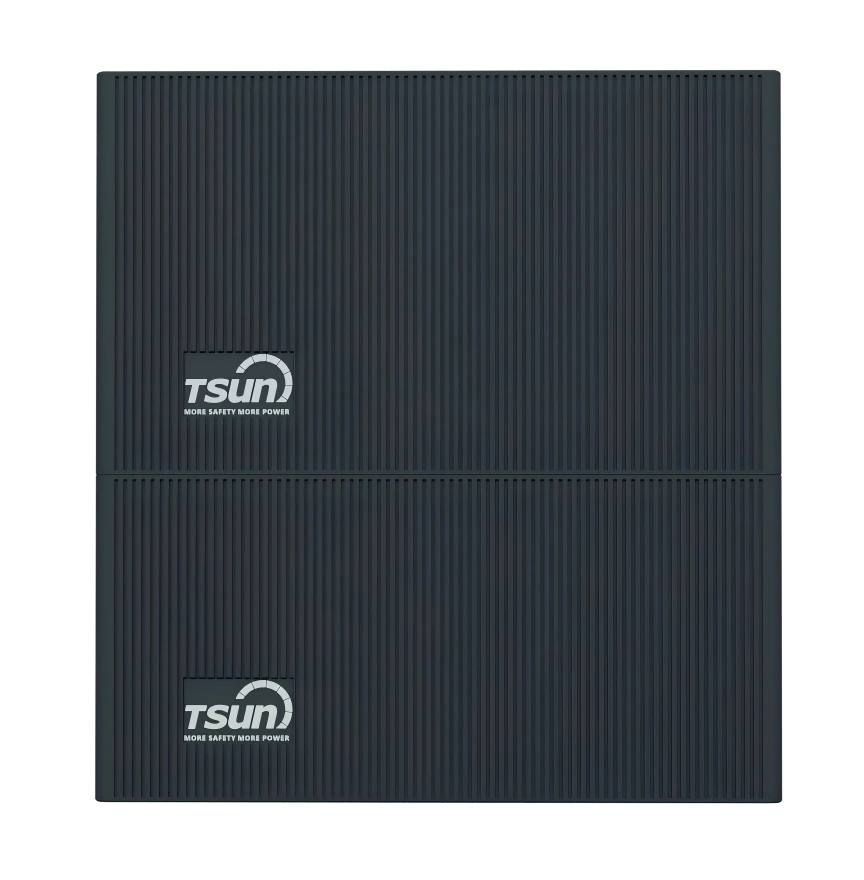


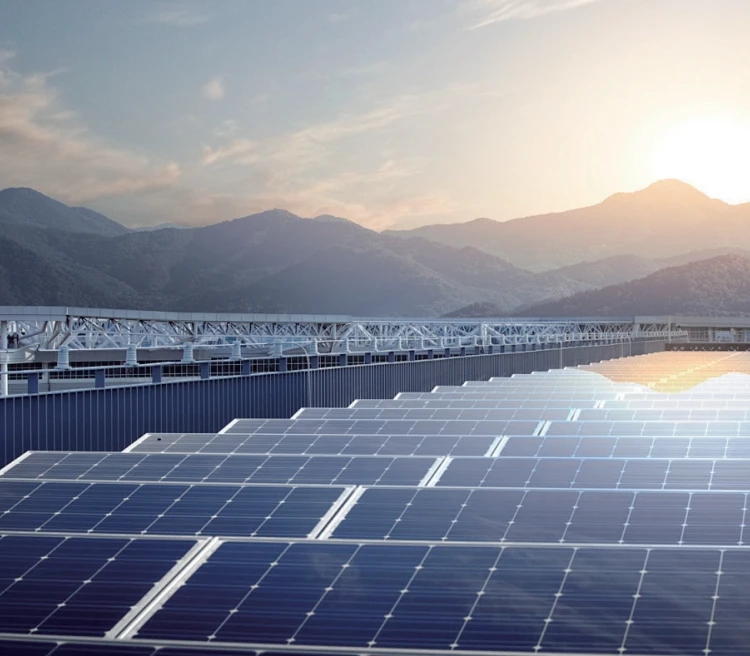
 Downloads
Downloads Video Center
Video Center Report Fault for Repair
Report Fault for Repair FAQS
FAQS Service Network
Service Network Privacy Policy
Privacy Policy Contact us
Contact us Monitoring
Monitoring



 LEARN MORE
LEARN MORE








